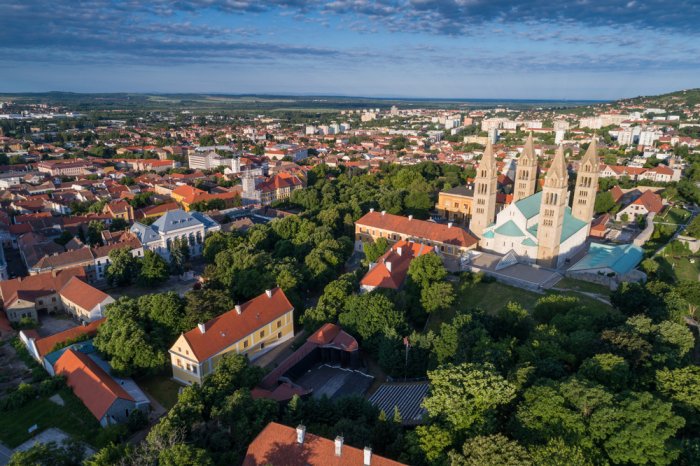Report: Hungaryʼs education spending half of OECD average

According to the “Education at a Glance 2015: OECD Indicators” report on Hungary published by the OECD yesterday, Hungary spends considerably less on education than most other OECD countries and expenditure levels have in fact declined since 2012.
“Annual expenditure per student by education institution in Hungary from primary to tertiary level is one of the lowest of all OECD counties: $5,564 compared to an average $10,220,” the report noted, adding that spending on education dropped from 11% to 13% from the 2008-10 period to the 2010-12 period.
These expenditures clearly have an impact on technology available in schools but according to results from the Programme for International Student Assessment (PISA), 97% of Hungarian principals believed that instruction in their school is “not hindered by a shortage of computers”, yet Hungarian students performed “significantly worse in digital reading that in print reading”, according to the results.
Teacher’s salaries are also a concern among Hungarian educational institutions with upper secondary level teachers earning less than 48% of what a full-time, full-year employee aged 25-64 with a similar educational background earns, the report said. However, a new Education Act introduced in 2011, could reverse this trend, the OECD added.
Although tertiary education substantially increases one’s employment opportunities, participation in tertiary education in Hungary is still quite low, according to the report, which said that only 22% of young Hungarians are likely to receive a bachelor’s degree in their lifetime – the lowest rate among OECD countries.
The OECD report also found that the pay gender gap in Hungary was one of the largest among OECD countries. “While on average across OECD countries a tertiary-educated adult woman earns 73% of what a similarly educated man earns, in Hungary the figure is 64%, the fourth lowest among OECD countries and partners, after Israel, Brasil and Chile,” according to the report. Among 34-55 year-olds in Hungary, women’s salaries average only 59% of their male counterparts, the OECD added.
SUPPORT THE BUDAPEST BUSINESS JOURNAL
Producing journalism that is worthy of the name is a costly business. For 27 years, the publishers, editors and reporters of the Budapest Business Journal have striven to bring you business news that works, information that you can trust, that is factual, accurate and presented without fear or favor.
Newspaper organizations across the globe have struggled to find a business model that allows them to continue to excel, without compromising their ability to perform. Most recently, some have experimented with the idea of involving their most important stakeholders, their readers.
We would like to offer that same opportunity to our readers. We would like to invite you to help us deliver the quality business journalism you require. Hit our Support the BBJ button and you can choose the how much and how often you send us your contributions.









